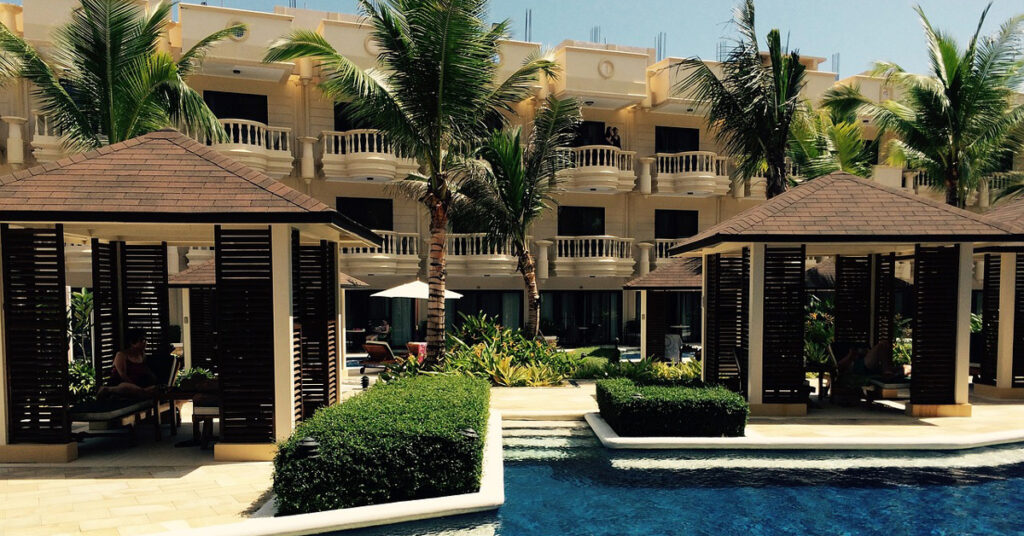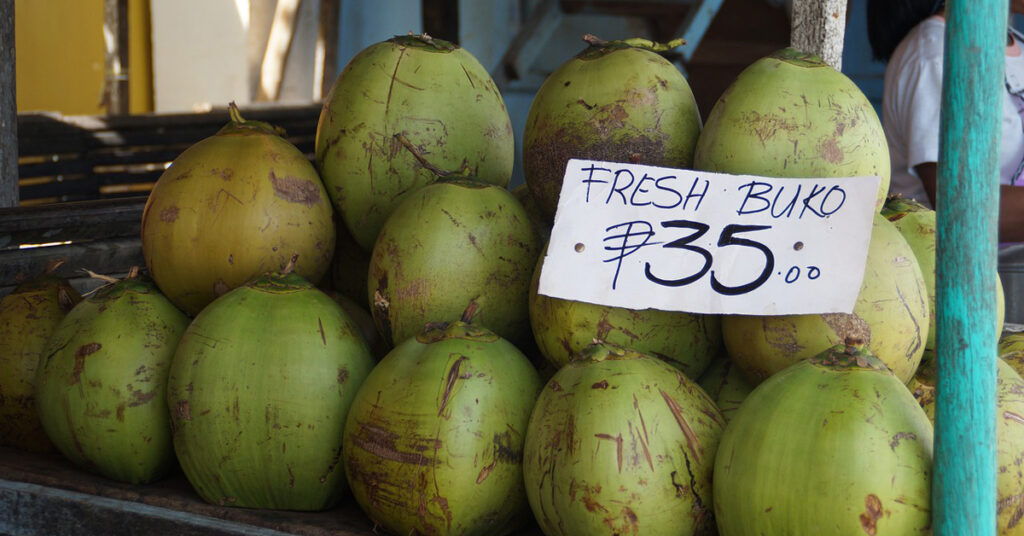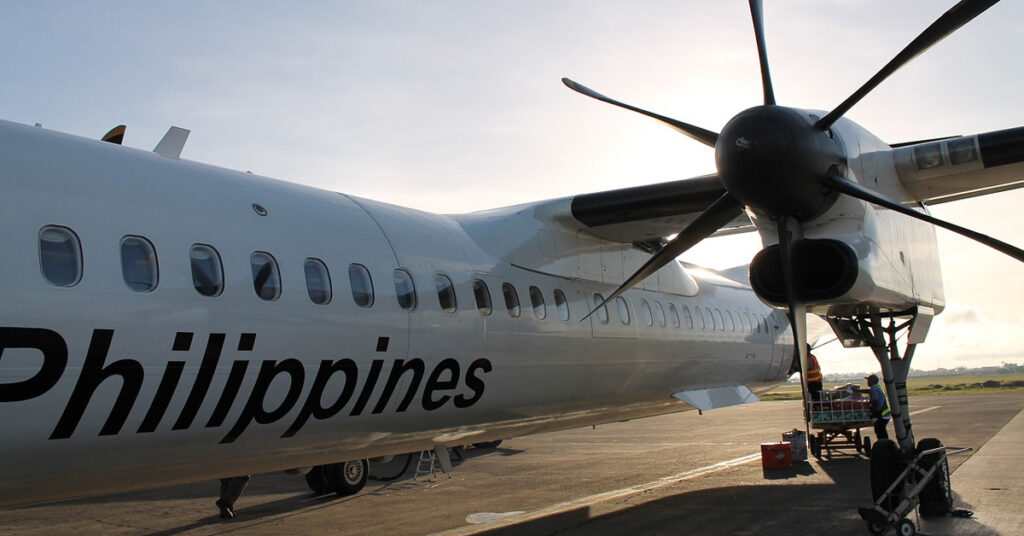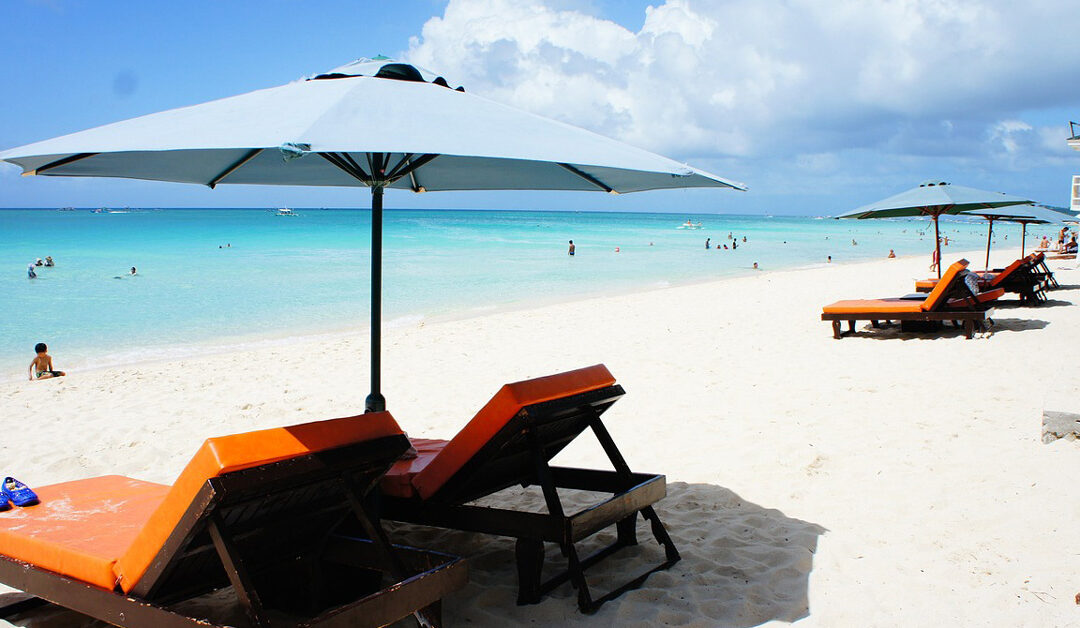It’s almost “summer vacation” for students and it’s the season again for family trips. The shift in the academic calendar means that trips are likely to happen in June to July (when rains and typhoons are likely), but that shouldn’t stop you from taking trips to outdoorsy destinations (like beaches and campsites).
Trips and vacations can go either way. You can enjoy it and make it a really great memory for everyone. Then again, mishaps can happen that can turn what should be a great experience into a horrible one. As part of the burgis, money matters a whole lot when it comes to vacations. You’d want them to be well-worth what you’d spend.
But how much do decent vacations actually cost here in the Philippines?
What Do You Want From a Vacation?
To answer this, we’d have to be clear with your expectations. What do you want to experience in your trip? What can make you happy? This is often contingent to your situation, your interests, and your financial capacity. Some would prefer sitting on the lap of luxury. Some would like some adventure. Some would just want to get away from the hustle and bustle, never mind the accommodations.

What Are the Budget Considerations for a Vacation?
Here are some factors that will influence your budget:
Destination
Start by figuring out where you’re headed. Some places can be more expensive than others, so take into account the cost of living, currency exchange rates, and overall affordability.
Duration
The longer you’re staying, the more you have to spend. The typical three days and two nights duration is a tad bitin in our opinion. The first and last days are often tapon due to travel and check in and out times at the hotel. Our sweet spot is often four days, three nights but if we can push it to four nights.
Transportation
Whether you’re flying, driving, or taking the bus, factor in the costs of getting there and back, along with any local transportation you’ll need. Driving takes a physical toll on the driver. There’s also fuel, car maintenance, and toll to consider. Air fare is relatively cheap thanks to budget carriers. Just mind what you want to bring since excess luggage is what can make it very expensive.
Accommodations
Decide on the type of lodging that works for you, be it hotels, hostels, or vacation rentals. Prices can vary widely, so shop around for the best deals and book early for better rates. Airbnb places are now abound regardless of destination. If you don’t mind fixing your own bed and cleaning up after yourself, these rentals can be quite the deal.

Food and Drink
Consider the cost of eating out at your destination, as well as any groceries or snacks you might need. If you’re on a tight budget, look for accommodations with a kitchen to save on dining expenses. Bottled water is often non-negotiable considering that the potability of local water from the taps is always questionable.
Activities and Attractions
Make a list of must-see attractions, tours, or events, and research their costs. Some places offer discounts or free admission on certain days, so plan accordingly!
Shopping and Souvenirs
Set aside some cash for any gifts or mementos you’d like to bring back, but try not to go overboard. You aren’t travelling abroad anyway so what you can buy there can often be bought in the metro or online. Remember, experiences often make the best souvenirs. But as usual, Filipino relatives and friends would often look for pasalubong from anyone who’s been out of town.
Travel Insurance
While not always necessary, travel insurance can provide peace of mind, especially for international trips or if you’re planning adventurous activities. You don’t want to get caught unprepared in case of unexpected illnesses in places where healthcare will cost you more than all your assets here in the Philippines. These days, we never go on vacation without travel insurance. Take note that most travel insurance policies require you to be a few hundred kilometers from your home or place of departure.

Emergency Fund and Pocket Money
It’s a good idea to have some extra cash stashed away for unexpected expenses, like medical emergencies, lost luggage, or transportation snafus. Always have some hard cash for spending. Not all establishments or situations can be paid via credit cards or Gcash.
“Tourist Tax”
Don’t forget the “tourist tax.” While some destinations to require tourists to pay some form of fee, what we mean by tourist tax here is the price premium tourists often have to pay for things. “Enterprising” (read garapal) locals are known to charge more for their products and services
How Much Should You Budget for a Vacation?
Here are some sample computations for a family vacation for four.
Boracay Vacation
Here’s a sample computation for a beach trip to Boracay:
| Item | Description | Cost |
| Transportation | Airfare | P3,000/person round trip |
| Accommodations | 3 to 5-star hotel | P10,000 to 20,000 a night for 2 adults + 2 kids (more for additional beds) |
| Food & Drink | Local restaurants | P200 to 500 per meal (can be shared or per person) |
| Activities & Attractions | Boat rides, snorkeling | P500 to 1,000 per activity per person |
| Shopping & Souvenirs | Shirts, food, or assorted knick-knacks | P1,000 to 2,000 |
| Travel insurance | Cover medical, accident, theft, travel delays | P600 per person |
| Emergency Fund & Pocket Money | P2,500 per person | |
| Total | Around P80,000 to 120,000 |

Tagaytay Vacation
Land trips are often cheaper. Here’s a sample computation for a two-night stay in Tagaytay for those coming from the metro:
| Item | Description | Cost |
| Transportation | Gasoline and tolls | P2,500 |
| Accommodations | 2 to 3-star hotel or lodge | P6,000 to 10,000 a night for 2 adults + 2 kids (more for additional beds) |
| Food & Drink | Local restaurants | P200 to 500 per meal (can be shared or per person) |
| Activities & Attractions | Boat rides, snorkeling | P100 to 300 per activity per person |
| Shopping & Souvenirs | Food | P1,000 to 2,000 |
| Emergency Fund & Pocket Money | P2,500 per person | |
| Total | Around P35,000 to 45,000 |
Hotel Staycation in Metro Manila
Probably cheapest are overnight staycations in one of the hotels or condotels in the metro.
| Item | Description | Cost |
| Transportation | Gasoline or Grab | P600 |
| Accommodations | 3 to 4-star hotel | P6,000 to 12,000 a night for 2 adults + 2 kids (more for additional beds) |
| Food & Drink | Local restaurants | P200 to 500 per meal (can be shared or per person) |
| Total | Around P8,000 to 15,000 |
Do You Really Have to Spend Much?
Looking at those totals, they can seem quite a lot. But hey, those are the prices one can expect these days. Of course, you can penny pinch and just spend the bare minimum. Or, you can be on the lookout for the best deals for the big-ticket items like food and accommodations.
For instance, budget lodges, hotels, and Airbnbs are abound in popular destinations. For those staying in Airbnbs, you can even have the option to just shop for ingredients and cook your own food. And you don’t always have to spend for amusement or pasalubong.
Vouchers and travel discounts are still quite common. If you have a credit card, most have travel promos year-round.
That said, vacations can be quite stressful for parents. To get the planning out of the way, you can get vacation packages from travel and tours companies. That way, the itinerary is made for you and you just have to pay once for what’s included. They can get you some discounts and access to attractions in your destination.
For the likes of us who don’t want to be bothered when trying to destress, we’d say that allocating more in the budget is well worth it.

